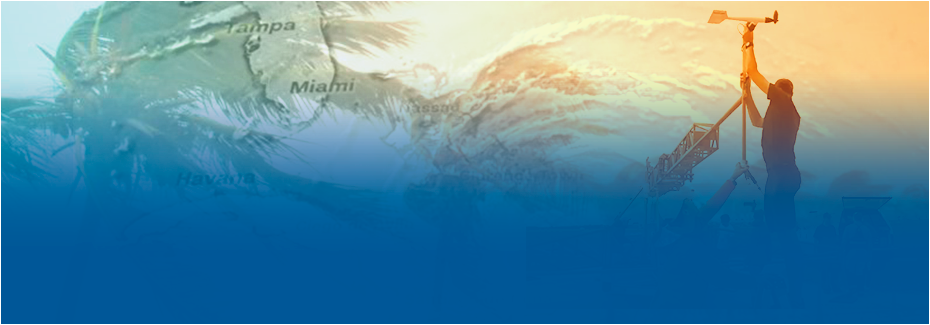When Hurricane Irma, one of the strongest Atlantic storms in history, made its path toward Florida on September 10, 2017, the University of Florida’s team of hurricane researchers headed south to meet the storm head on.
The research team, led by civil engineering professor and wind engineering expert Forrest Masters, deployed rugged weather stations to measure Irma’s surface wind structure during landfall along Florida’s southwest coast. Irma was the 30th named storm in which Masters has performed field experiments. His team’s research is critical to both improving building codes and standards, as well as understanding how severe weather winds affect coastal communities.
The field research is staged out of the UF Powell Family Structures and Materials Laboratory, which is among seven labs in the nation designated by the National Science Foundation as an Experimental Facility (EF) under the Natural Hazards Engineering Research Infrastructure (NHERI) program and is also only one of two dedicated to studying extreme wind events. The Terraformer Wind Tunnel, a facility that draws researchers from all of the country, is part of the EF. The one-of-a-kind apparatus can dial up any type of terrain in 90 seconds to study the effects of strong winds on infrastructure.
How Strong are Irma’s Winds? It’s a Maserati vs. a Mazda
 Over on the airwaves, David Prevatt, a structural engineering professor at UF, shared why Irma’s winds were potentially catastrophic on NPR.
Over on the airwaves, David Prevatt, a structural engineering professor at UF, shared why Irma’s winds were potentially catastrophic on NPR.
Imagine speeding down the highway at 70 miles an hour with your car window open. You stick your hand out and hold it in the wind.
“Do you have a sense of how the wind is going to push your hand back?” asks David Prevatt, a professor of civil engineering at the University of Florida.
Hurricane Irma’s top winds are exponentially stronger than anything most people have ever experienced.Dr. David Prevatt
Now imagine getting out of his old Mazda and getting into a Maserati going 185 mph.
“The force that I will feel on my hand in comparison to that 70 miles per hour is going to be almost seven times as strong.”
This is Prevatt’s way of saying Hurricane Irma’s top winds are exponentially stronger than anything most people have ever experienced. And, he says, you also have to consider the uplift or suction force of winds.
“The wind is going to try to pull the roof and roof components vertically up and away from the ground,” he says.
How well structures hold up depends not just on the strength of building materials, but more importantly, the strength of the connections holding roofs, walls and foundations together.
